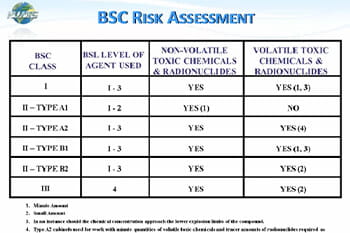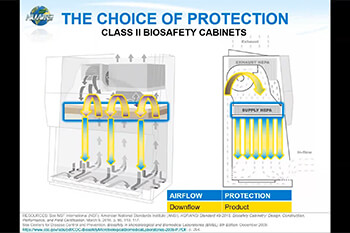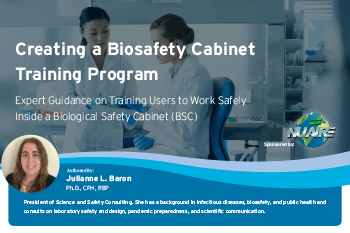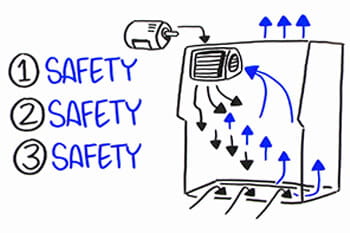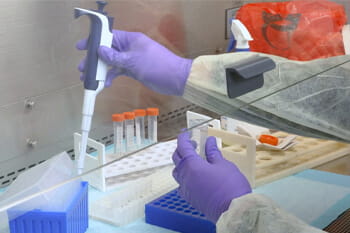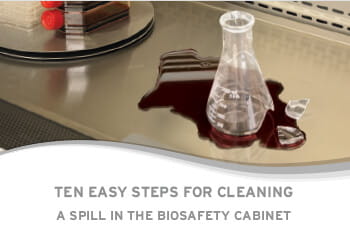
 Webinar
Webinar
Working With Not Against Your Biosafety Cabinet
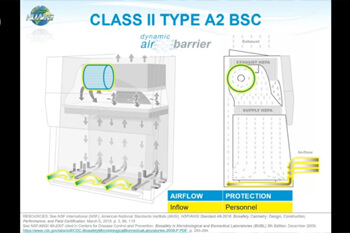

Understanding Biosafety Cabinet Basics
A biosafety cabinet (BSC) is essential for ensuring a safe laboratory environment. In our webinar, "Working With, Not Against, Your Biosafety Cabinet," we provide insights into the setup, operation, and maintenance of Class II Type A2 biological safety cabinets to help users maximize their equipment's potential.
BSCs protect three critical areas:
- Personnel – Shielding lab staff from harmful biohazards.
- Product – Maintaining sterility of samples and processes.
- Environment – Preventing contamination beyond the cabinet.
Learn how a Class II, Type A2 Biosafety Cabinet works. Learn more.
Key Insights from the Webinar
Seth De Penning from NuAire shares practical tips to help labs work effectively with their BSCs:
- Airflow Mechanics: Understand the inflow, downflow, and exhaust systems to optimize cabinet performance and maintain containment.
- Proper Installation: Ensure your BSC is positioned away from airflow disruptions like vents, doors, or windows.
- Operational Guidelines: Follow protocols for ergonomic seating, proper arm positioning, and controlled movements to maintain air barriers.
Best Practices for Using a Biosafety Cabinet
1. Setting Up for Success
- Conduct a risk assessment to determine the right BSC for your lab’s needs. Learn more.
- Allocate proper space around the cabinet (15 cm on sides, 30 cm above). Read our guide.
- Position the BSC away from competing airflow sources.
2. Ergonomic Considerations
- Use adjustable chairs and footrests for comfortable seating.
- Keep arms at a 90-degree angle, supported by elbow rests to reduce fatigue.
- Maintain a clear view into the cabinet for precise operation.
- Learn more about ergonomic biosafety cabinet design.
3. Cleaning and Maintenance
- Regularly flush the cabinet’s airflow for 5–15 minutes before and after use.
- Decontaminate work surfaces with approved disinfectants, avoiding corrosive agents like chlorine.
- Schedule annual field certifications to ensure proper performance.
Promoting Safety Through Certification
Certification is crucial for ensuring that your biological safety cabinet operates at peak efficiency. NuAire recommends:
- Certification upon installation and annually thereafter.
- Certification after filter replacement or technical service.
- Checking the certification sticker for compliance details.
Find out why field certification is essential for laboratory safety.
Explore NuAire’s Biosafety Cabinet Solutions
NuAire offers a wide range of Class II biosafety cabinets designed for user comfort, safety, and compliance with NSF/ANSI 49 standards. Our cabinets feature:
- Advanced airflow systems for optimal protection.
- Monolithic Quality Construction
- Energy-efficient designs for continuous use.
- Customizable options to meet your lab’s specific needs.
Learn more about our product offerings on the NuAire Biosafety Cabinets page.




